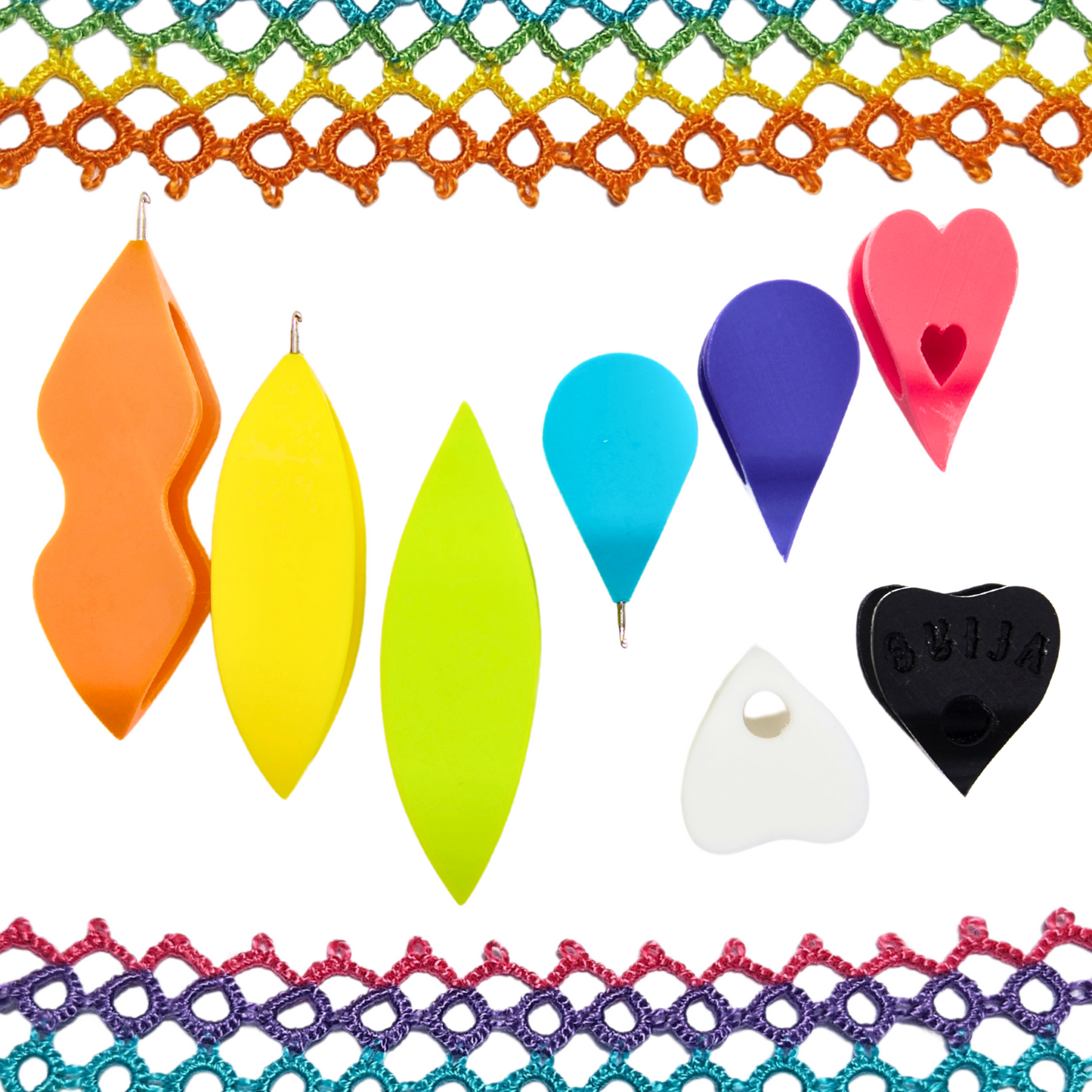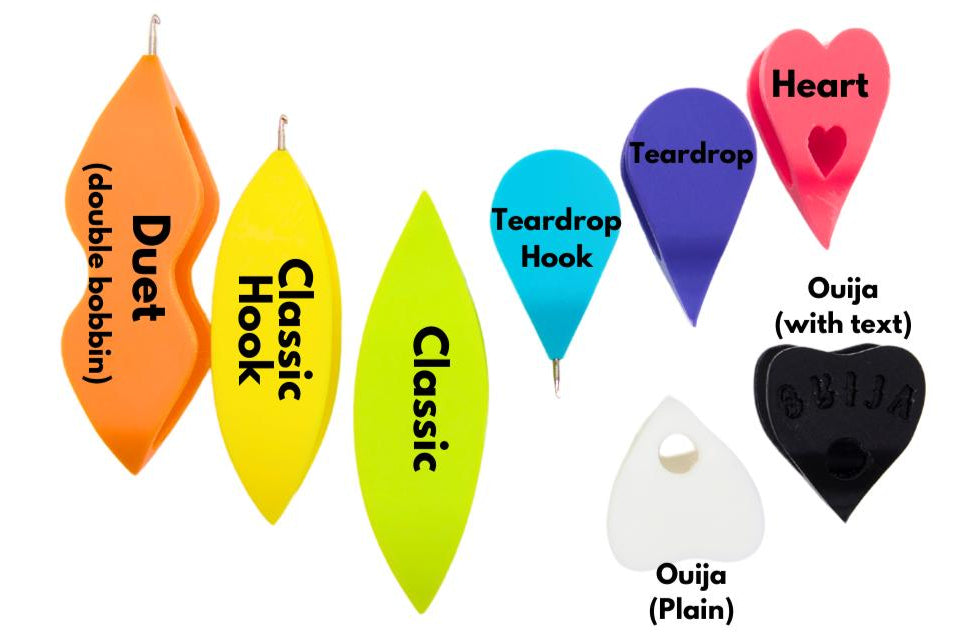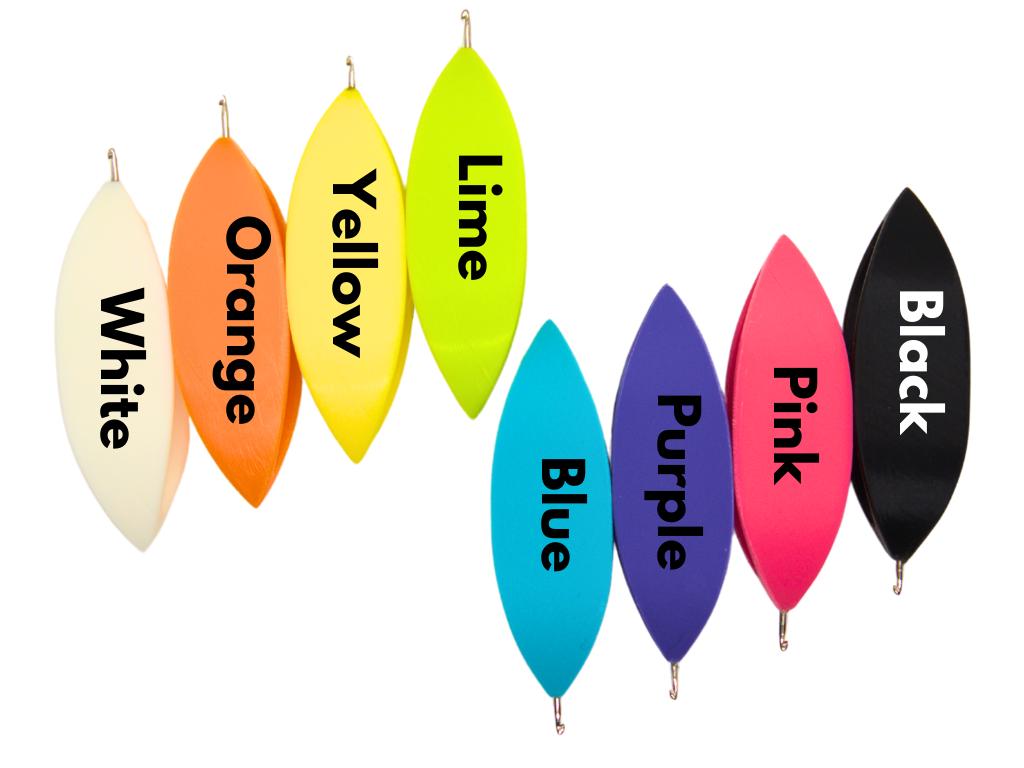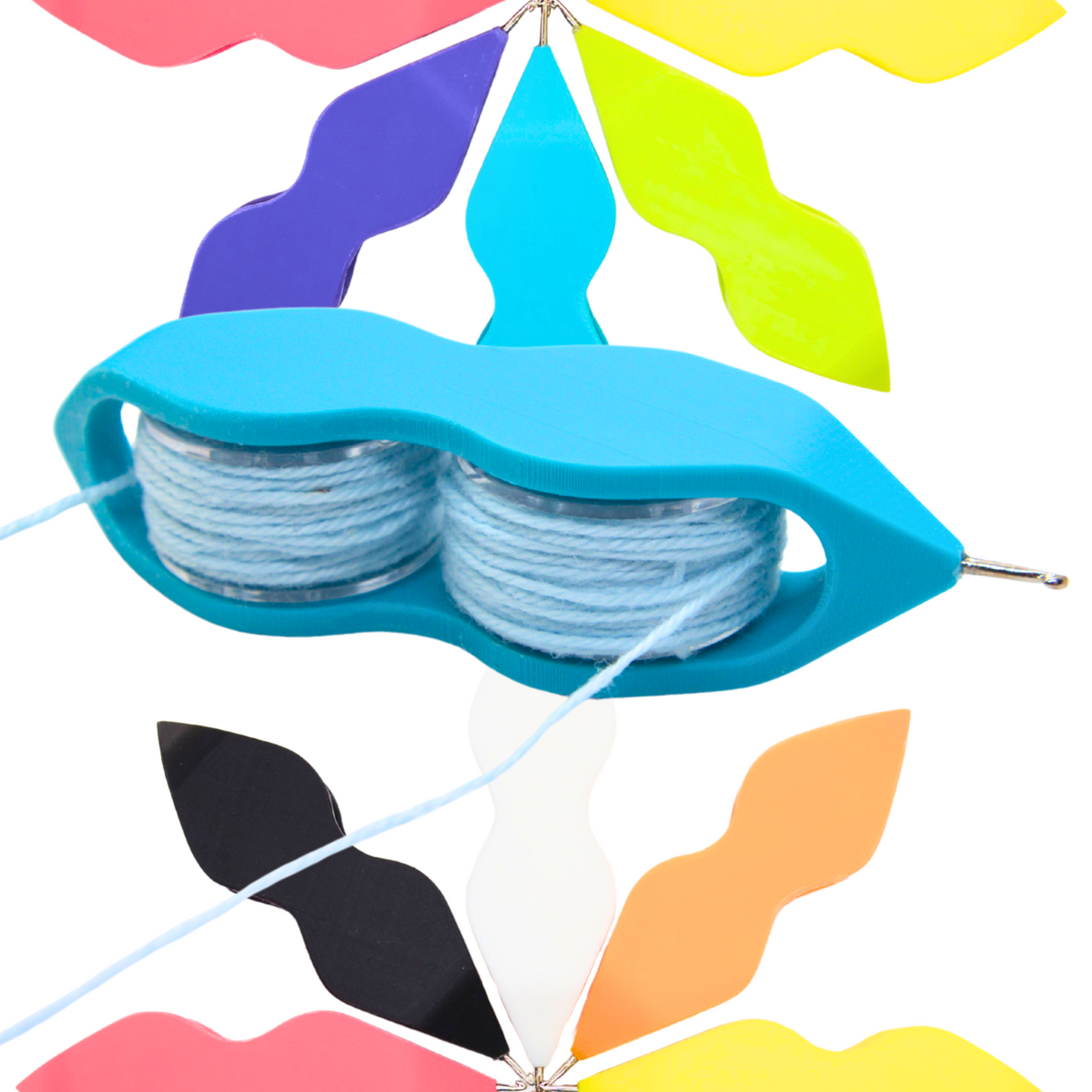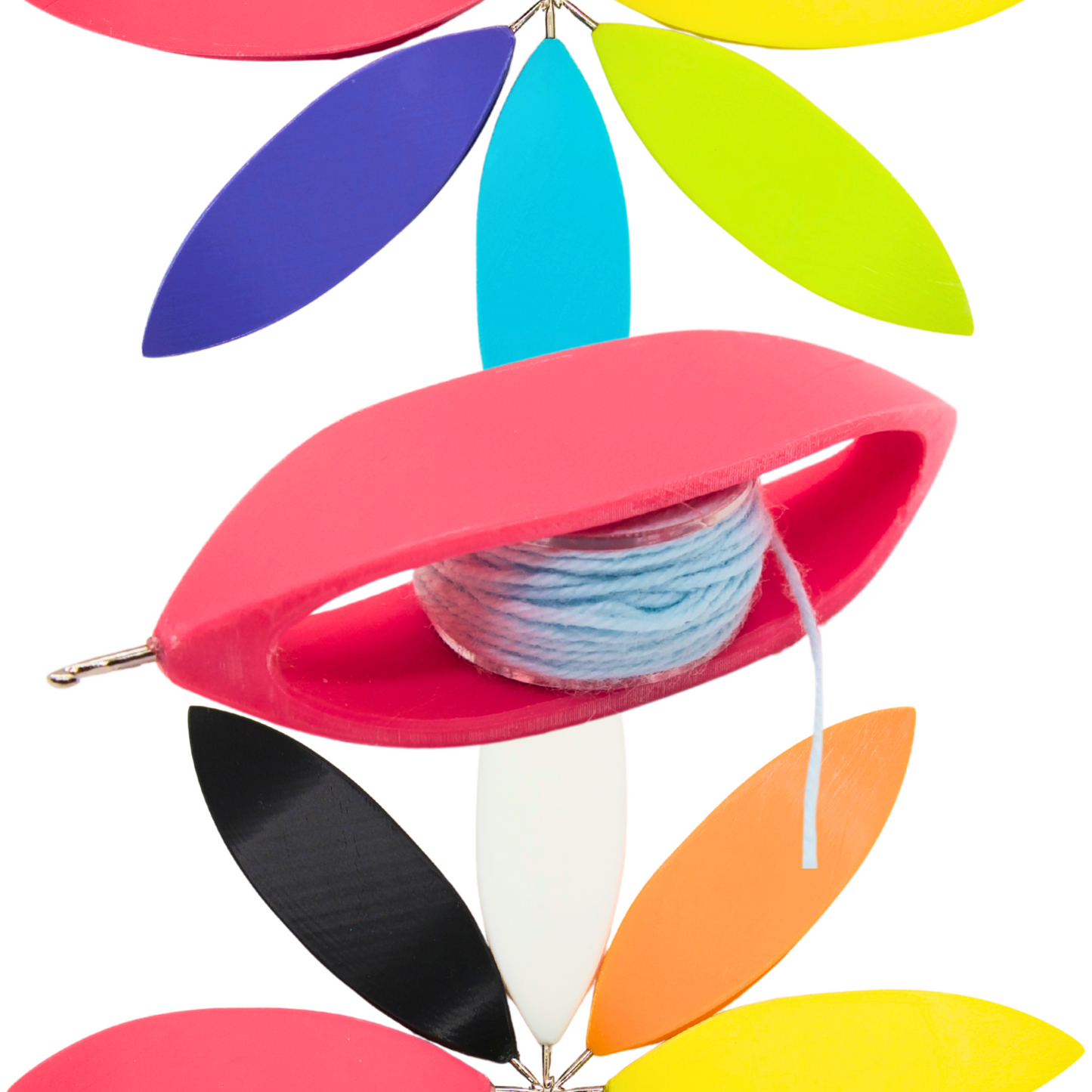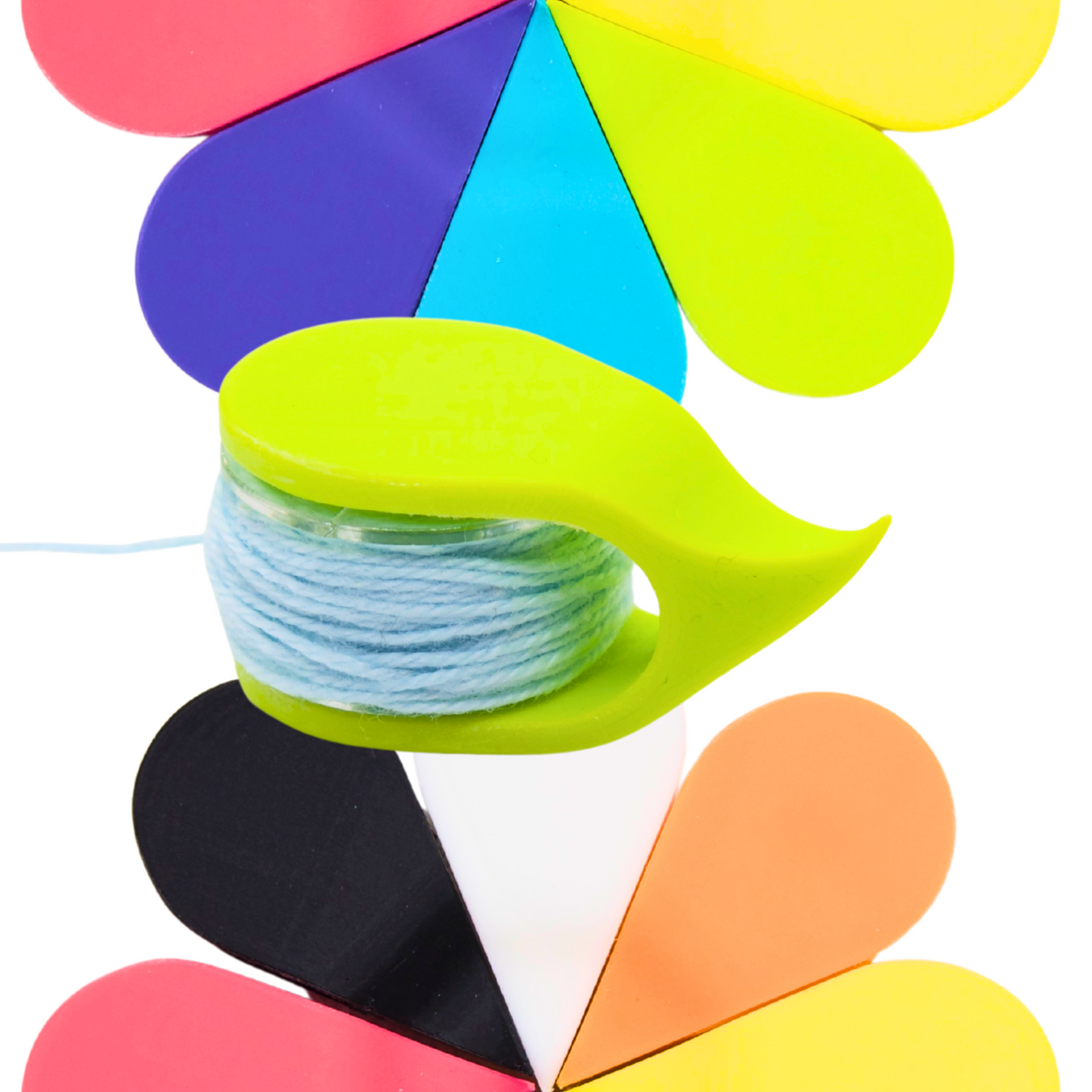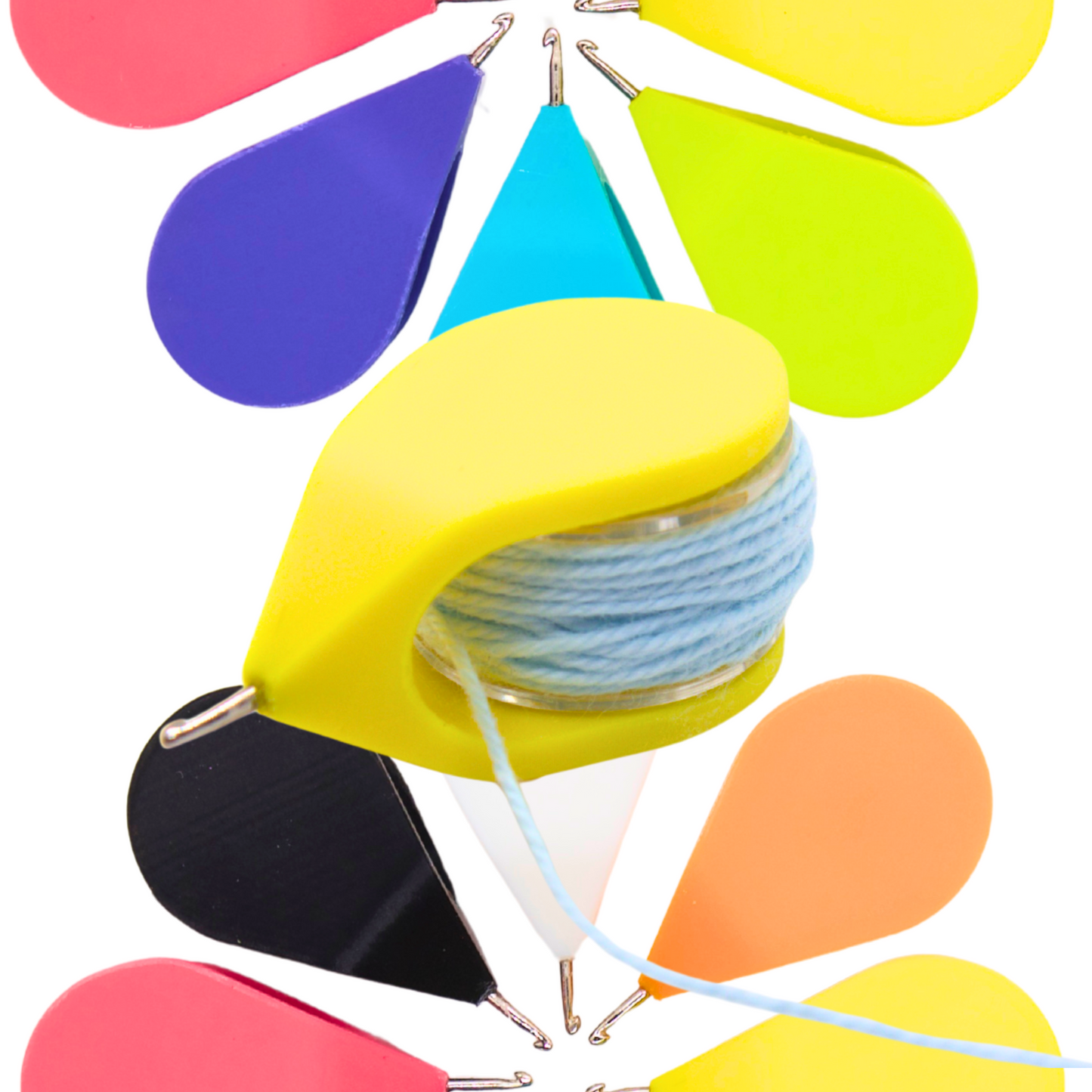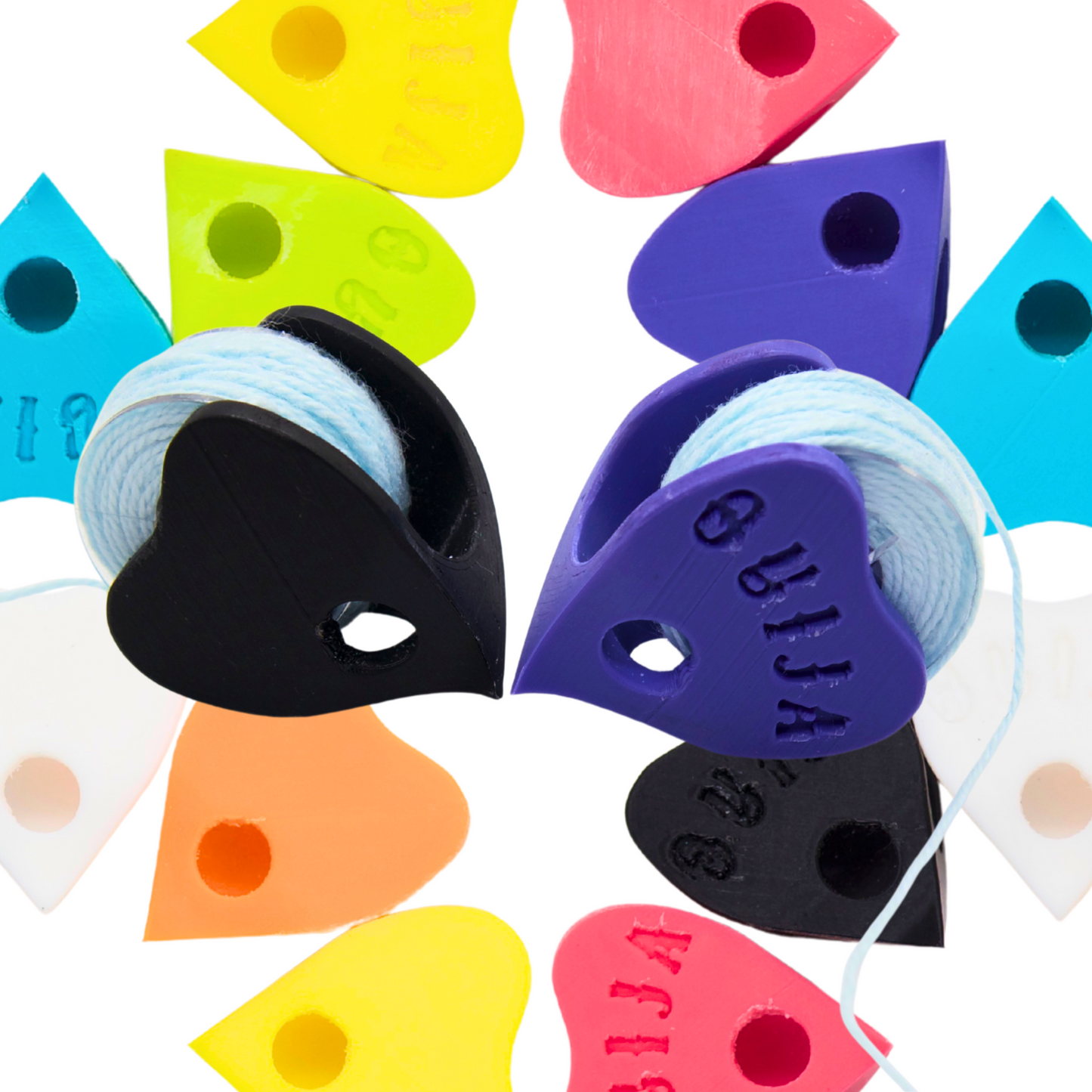Song Spinner
Universal Tatting Shuttle
Universal Tatting Shuttle
Couldn't load pickup availability
I was fed up with losing the proprietary bobbins for my tatting shuttles, so I designed one that uses sewing machine bobbins. These shuttles are all compatible with common readily-available sewing machine bobbins and come in a variety of shapes and designs to suit most tatters, including a double-bobbin shuttle for more advanced colourwork.
It features:
- Easy changing of thread colours due to affordability and availability of sewing machine bobbins
- Bobbins can be easily wound on a sewing machine, fantastic if you're clumsy like I am and constantly drop them while trying to wind
- Bobbins make a satisfying 'click' when they slide into place
- The shuttle places tension on the bobbin so that it spins as it should when pulling the thread but hangs when dangled by the thread itself.
- Sewing machine bobbins typically have a much larger capacity than standard tatting shuttle bobbins.
Types of Universal Shuttle Available
- Classic
This model is the standard tatting shuttle shape. The pick on the end is not very sharp so you will likely need a separate hook for picots. - Teardrop/Heart
This is a teardrop shaped shuttle, more compact than the classic shape. It has a slightly sharper tip than the classic but you still may need a separate hook for picots. - Hook
This descriptor denotes shuttles where a 0.75mm crochet hook is securely attached inside the tip of the hook.
- Ouija/Heart
Very compact and features a hole that some tatters like to pass their thread through, though you will require a separate crochet hook for picots due to the short tip, especially for the Ouija shape. - Duet
This shuttle accommodates two bobbins, for double the thread or more advanced tatting techniques. It comes with a hook on the end.
Measurements & Variation
All of my Universal shuttles have a thickness of approximately 1.6cm/0.23in. This is to allow for the width of sewing machine bobbins.
Some shuttles may hold the bobbin tighter than others due to filament variation, hand finishing techniques and environmental conditions while printing. With time, use and the heat of your hand they will eventually loosen up.
